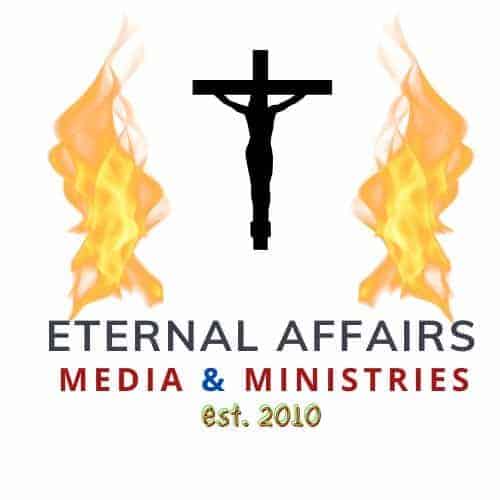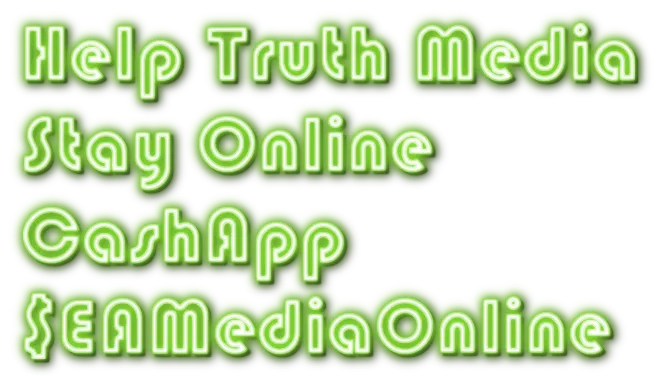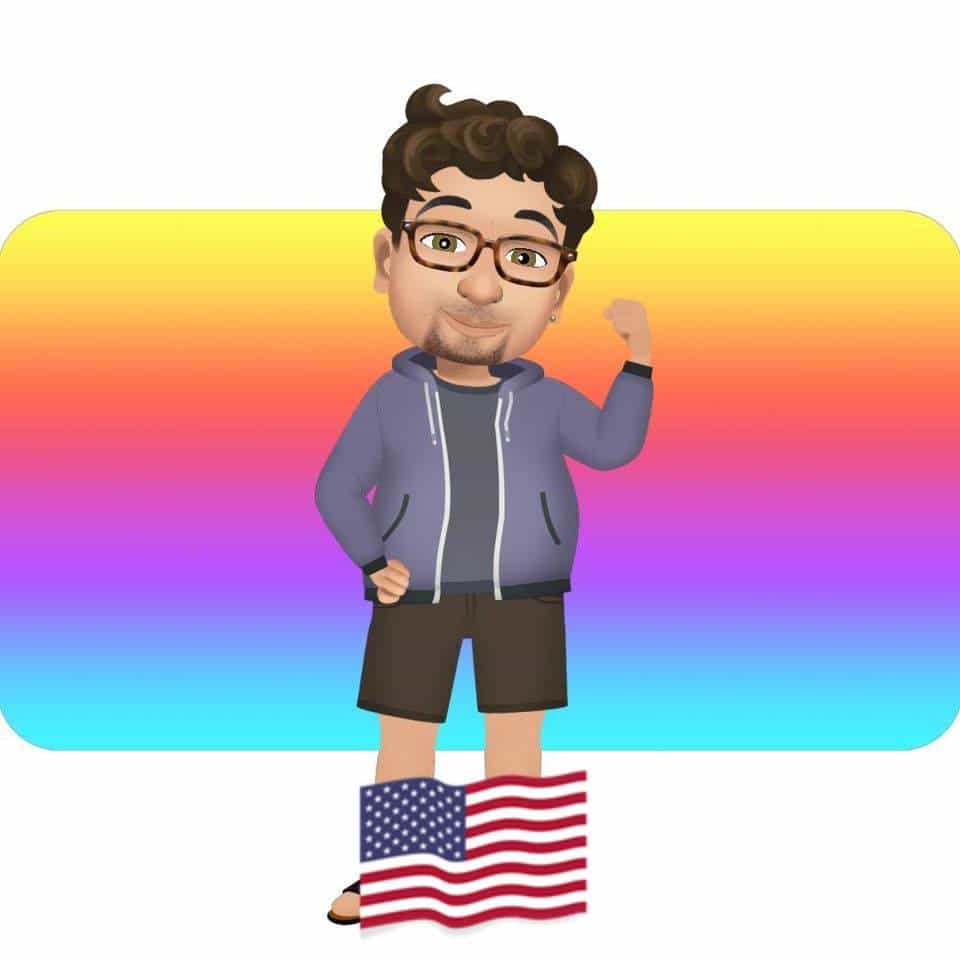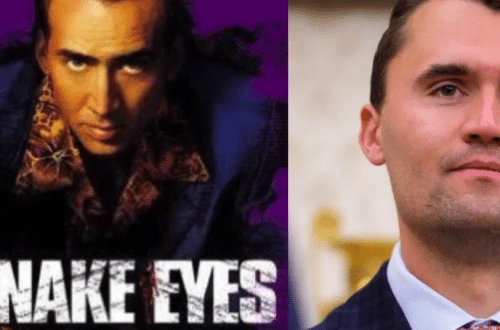The Evolution of Critical Thinking & Rise of Outright Disinformation & Propaganda
by Dusty Rastetter | Contributor | Eternal Affairs Media
I can remember my youngest years in primary school. From first grade, we began education in critical thinking. We had these puzzles to figure out. At the time, we only knew them as SAS. They came from the Syracuse Academy of Science. Yet, my instructors described them as the Scholastic Achievement Series. I’ll likely never know the truth of the origin and name. As with most things in life, there’s likely truth in both.
Those cards were a welcome break from the monotony of school learning, I truly enjoyed them. They began my journey on original thought. A few years later, I was accepted into the gifted program, and we had a dedicated critical thinking course material to complete. The first aspect that we had analyzed was called “who, what, when, where, why, how”. That graduated to a more workable system of critical thought. For all my research, I cannot find those guidelines anymore. I remember that it was based on determining opinion from fact, analysis (research) of the facts, and determining your opinion based upon the facts that were found in your research. Scientific reports were important for factual information. All of this was taught by age 10. But that was 35 years ago.
This was the beginning of the “Age of Information”. It was the mid ’80’s. I was unique among my classmates, having built a computer. I first accessed the internet in 1986. It was all government sites. Text only, just documents. As a twelve year old, these documents- this knowledge- it blew my mind. Needless to say, I came to a rudimentary understanding of how the world works in short order. Back then, I wasn’t interested in the “news” when it came on. I could easily determine the slant, the lies… especially when I could review the actual documents! But, I didn’t understand politics at all. The only thing that I understood was that President Reagan was helping my family (to an extent), and the news wasn’t reporting the facts.
There was no FOIA back then. It was pretty much unclassified, inter-agency documents. There was really no concern about public awareness of these documents. To this day, many of those documents have gone unnoticed.
Let’s fast forward a decade. Once the internet became readily available (as in, the government gave private people permission to add content), with pics and sound bites, disinformation and misinformation quickly became readily available. This is where it’s important to discern the difference between misinformation and disinformation.
There must be a clear distinction drawn between misinformation and disinformation. In practical terms, misinformation is generally well meaning, yet incorrect. Someone may share something that they’ve recently learned, while only knowing a portion of the total facts regarding the body of information that they’re sharing. A good example of this in current times is the notion that the Steele dossier was Russian disinformation. If you don’t know all of the facts surrounding that dossier, this claim sounds entirely credible.
Speaking of the Steele dossier as an example of disinformation, let’s explore that. Disinformation is intended to be deceptive. It is put forth specifically to make the consumer believe something that is, in some regard, untrue. It could be anything from glossing over a few important and relevant facts, to stating an outright lie or several. In today’s news, there is more misinformation and disinformation than actual information. But, I’m getting ahead of myself, there.
About a decade ago, I enrolled in an online college. My very first two classes were based upon writing a paper, and critical thinking. As valuable as my elementary critical thinking skills were, they were no longer sufficient. Sources had to be given. They needed to be peer reviewed, scientific sources. Editorial opinions no longer counted, even if they presented facts. After all, those facts came from somewhere. Only established, peer reviewed scientific fact was acceptable. If the source wasn’t scientific, it had to be a government source. Thankfully, I already had 25 years of experience with government sourcing.
In today’s world, all of this has been confused. Our children are taught to believe their professors’ opinions in our colleges. Classes are less fact based, reflecting the mainstream media output. After all, they learned that from somewhere. Opinion is presented blatantly as fact- without sourcing of any kind. Even if it is sourced properly, most peer reviewed science has contradictory and nullifying peer reviewed science to rebut it. In today’s world, scientists are determined by who is supplying the money for the research. If you want a great example of this, look into Egyptology, then look at the archeology of Gobekli Tepe, Gadung Padang, or the Bosnian pyramid.
Largely, misinformation and disinformation has been replaced by straight propaganda, which still originates from the fourth estate- the US intelligence community. The operations, such as Mockingbird and AATIP, have been privatized. There’s a specific reason for this. If an operation is privatized, it’s not paid for by Congress. If Congress isn’t paying for it, they cannot have oversight. As a bonus, these programs now evade FOIA laws. That’s right- by privatizing intelligence programs, they can keep that information from public knowledge forever. There’s simply no Congressional record- thus, no public record for us citizens.
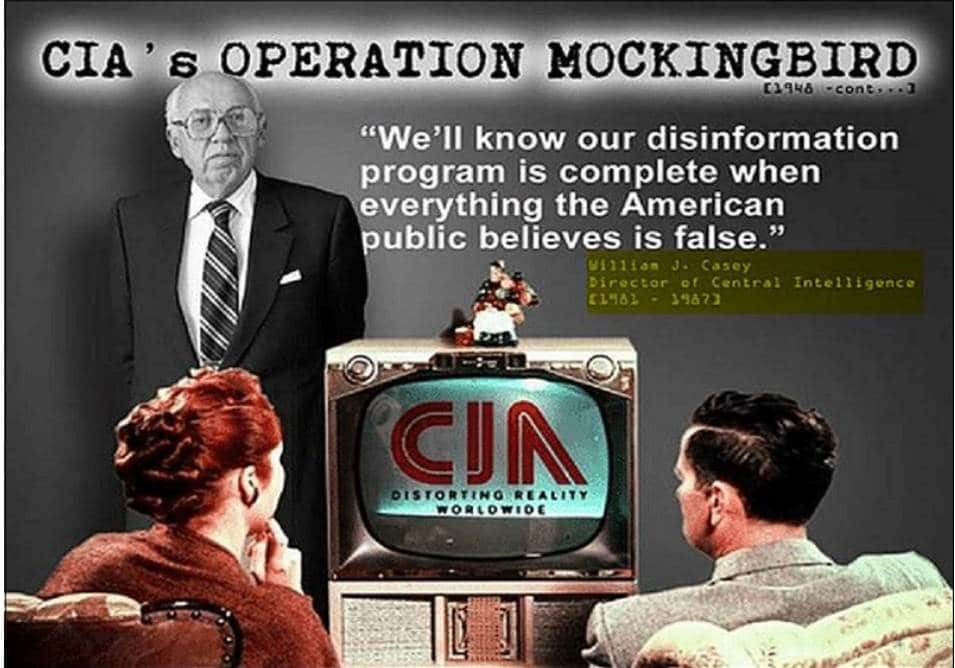
Thirty years of this practice has led us to where we are today. The critical thinking skills that I learned a decade ago aren’t enough, anymore. While they are certainly relevant and extremely important, more needs to be done. Things are no longer black and white. One is not presented with two opposing sets of facts and asked to choose which to believe. We are faced with narratives. Several of them at a time, over any given situation. And if you find every available fact, most times you’ll find that none of them are completely true. It’s upon us now to find all of the available facts and establish our own narrative, because we simply are not being told the truth by anyone.
In today’s world, the mainstream news isn’t news. It’s mostly fiction, slant at best. Everything “breaking” is obscurely sourced through “anonymous sources” that may or may not truly exist. There’s no sourcing. Sourcing is the first step of critical thought. The reporting isn’t factual. Instead, is a stream of emotional reports meant to keep people upset enough to keep them following the stream of emotions. Emotions are the one thing that will override critical thought. That is how criminals are made, incidentally. But that’s for another article.
Fake news is the bane of society today. Talking points are put out at 4AM daily, and all of the mainstream media outlets contribute their share on this reporting. They generally recirculate the best of each outlet’s work. This is called circular reporting. It’s meant to bury the source that simply doesn’t exist. They simply refer to each other’s articles, and none of them actually source the information. In addition, they “debunk” truth simply by saying it is debunked, with no factual source. Major media outlets commonly do exactly this, and refer to each other in circular fashion. Look at MSNBC or CNN as great examples for this technique.
Another aspect of “fake news” is that they generally do not correct their stories once they’re presented with the factual information that proves the original story to be false on its face. If you go through the archives of these outlets, you will readily find many articles that are still proven, which have been proven to be false- both in original theory, as well as any “facts” presented. There are simply too many easily discoverable examples of this to list here.
When it comes to mainstream media, there is one very important thing to remember. That is the narrative. They are relaying “a story”, not “the story”. It’s mainly the daily narrative, with little or no supporting facts. Most of the facts are skewed, and ignore obvious facts that counter the narrative. While this had been detrimental, it had given rise to new standards.
The failure of mainstream media over the past few years has given rise to new standards. There’s a rise in satire that claims the same sources that mainstream media is presenting, to hilarious results. More importantly, there’s a wave of Independent journalism arising that presents facts. Independent journalists are sourcing facts and appropriately referencing them. They verify fact over opinion, and are careful to disclaim opinion. Those opinions are legally based upon facts presented. The new standard seems to follow the old guard standards. They are reclaiming the media with truth.
This new Independent reporting media has set its own standard. If another is referenced, that article has a source. There’s no circular reporting. If something is debunked, there’s a verifiable reason why, and it’s sourced. New journalism is generally open sourced, facts that anyone can find. This is important today because it counters the false narrative that mainstream media presents. Open source journalists are showing truth, countering the narrative presented.
Ultimately, the choice is yours, in what you choose to believe. Stay skeptical, remain rational. Find the facts and decide for yourself. Never depend on another to tell you the truth.
